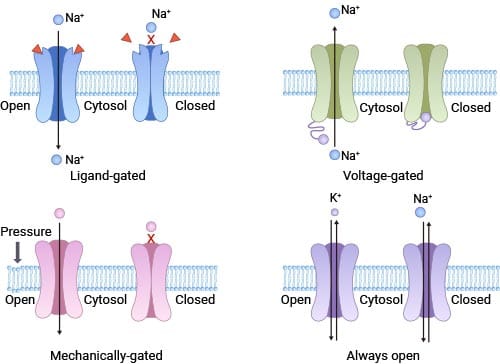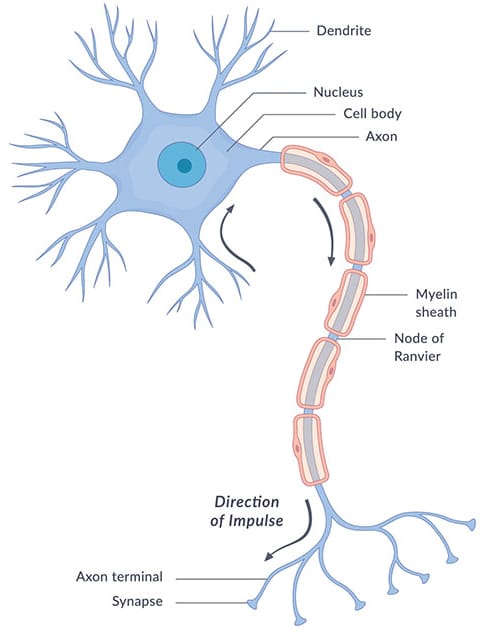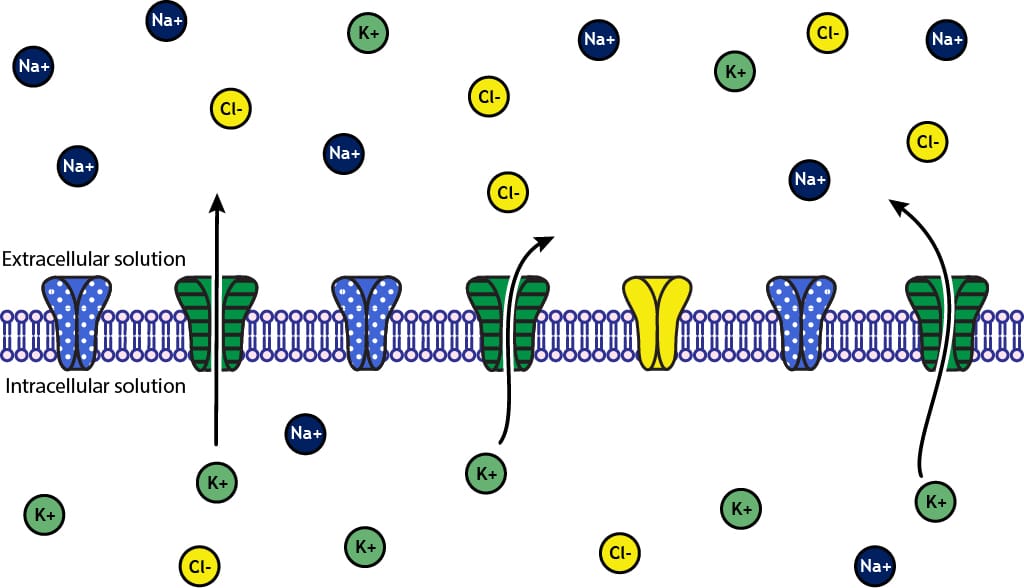Receptor Highlight Series: Ligand-gated Ion channels
LGICs are fast-acting receptors that open or close in direct response to ligand binding, allowing ions to flow into or out of the cell rapidly

Welcome back to the Receptor Highlight Series! Previously, we've explored both G-protein-coupled and Kinase-linked receptors. Today, we’re shifting gears toward another type of major membrane receptor that plays a more fast-acting and electrically charged role in cell-to-cell communication, Ligand-Gated Ion Channels (LGICs). These receptors are just one type of ion channel, others include mechanically-gated, voltage-gated, and those that are always open (sometimes called leak channels).

LGICs are fast-acting receptors that open or close in direct response to ligand binding, allowing ions to flow into or out of the cell rapidly. This ion movement generates immediate changes in membrane potential, which is especially important in excitable cells like neurons and muscle fibers, but how exactly do they work?

Ligand-gated ion channels are transmembrane proteins that form pores spanning the cell membrane. These pores are usually closed until a specific ligand, often a neurotransmitter like acetylcholine or GABA, binds to the receptor. Once activated, the channel undergoes a conformational change and opens, allowing selective ions such as Na⁺, K⁺, Ca²⁺, or Cl⁻ to pass through. It should be noted that these receptors are specific not only for their stimulatory ligands, but also for which ions they let flow through.

This ion flow can depolarize or hyperpolarize the membrane, which either promotes or inhibits the generation of an action potential. Here are a few things to keep in mind when understanding the drivers of ion flow and direction:
- Concentration gradients push ions from areas of high concentration to low concentration, like a slide!
- Electrical gradients arise from the membrane potential and either pull or repel ions based on their charge, like magnets! Resting neurons, for instance, typically sit around a voltage of -70 mV, allowing for an increased attraction for cations like sodium to flow inside if given the chance.
- The electrochemical gradient is the net result of these two, determining the direction and strength of ion flow.

A well-known example of an LGIC is the nicotinic acetylcholine receptor, found at the neuromuscular junction. When acetylcholine is released from motor neurons and binds to this receptor on muscle cells, the channel opens to allow sodium ions (Na⁺) to flow intracellularly, ultimately leading to the depolarization of the muscle cell membrane and contraction of skeletal muscle. It’s a split-second reaction that underlies something as simple and crucial as moving your arm to swat at a spider that jumped on your leg.

On the flip side, GABA-A receptors are LGICs that open chloride (Cl⁻) channels in response to GABA (gamma-aminobutyric acid) binding. These channels are primarily found in the central nervous system, and their activation leads to chloride influx, making the inside of the neuron more negative (hyperpolarization). This would make it less likely for the neuron to fire.
This inhibitory effect can be important for calming neural activity, balancing out excitatory signals, and maintaining proper brain function. Many sedative, anxiolytic, and anticonvulsant drugs, including benzodiazepines and barbiturates, target this receptor to enhance GABA’s effect.

To be succinct, ligand-gated ion channels are the “quick responders” of the receptor world. They translate a simple chemical signal (a ligand) into a fast electrical one (an ion flux), influencing countless biological processes in real time.
Until next time, stay curious and stay charged! ⚡
*Information presented on RxTeach does not represent the opinion of any specific company, organization, or team other than the authors themselves. No patient-provider relationship is created.
References:

